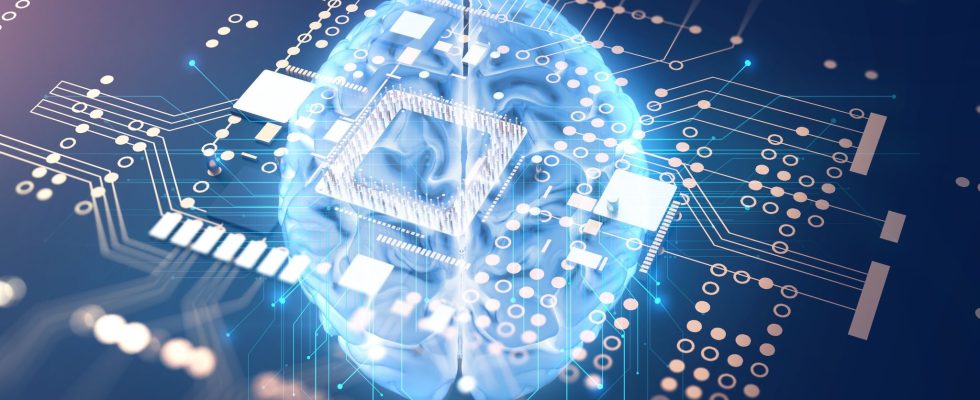For two years now, the European project to regulate artificial intelligence has dragged on, subject to divisions and perpetual amendments as technological advances exceed the measures planned. Thursday, May 11, MEPs must fix their position during a committee vote in Strasbourg. But what does this text contain, the repercussions of which promise to be colossal on the sector?
Ban dangerous AI
THE draft regulation of April 2021 planned to categorize artificial intelligences according to the risks they pose. Some would simply be prohibited, like systems likely to “manipulate people through subliminal techniques acting on their unconscious”, or “to exploit the vulnerabilities of specific vulnerable groups such as children or people with disabilities”. Also prohibited, AIs generating a “social rating”, i.e. “intended [e] s to assess or establish a classification of the reliability of natural persons” and leading to “detrimental or unfavorable treatment”. Finally, “remote biometric identification systems ‘in real time’ in spaces accessible to the repressive purposes”, are also prohibited by the text.
Audit risky systems
Other AIs are considered “high risk”, and must meet “national agency assessments” to be implemented. This is for example the case of systems having a “significant adverse effect on the health, safety and fundamental rights of citizens”. These audits will be entrusted to independent third parties, “consulting firms”, estimated in our pages Paul Pinault, head of strategy at the industrial intelligence software publisher Braincube.
It remains to be seen which systems will receive the qualifier: on the French side, the Secretary of State for Digital Jean-Noël Barrot believes that ChatGPT and other conversational robots must be considered high risk. Several European countries have already tried to ban ChatGPT, but some decisions have already been reversed: the chatbot has thus been reinstated in Italy.
Warn about AI-generated content
AIs presenting “specific risks of manipulation”, meanwhile, overlap with systems “that interact with humans”, those that are “used to detect emotions or determine association with (social) categories on the biometric database” or even which are used to “generate or manipulate content (ultra-realistic video tricks)”, such as AIs for manufacturing images of the Midjourney type. These require a risk of information that “the content is generated by automated means”, and not by humans.
European Commissioner for the Internal Market Thierry Breton thus insisted on France info beginning of April on the fact that this new regulation implied to specify in a mandatory way if a text or an image had been generated by an AI. However, the concrete solutions for implementing this type of measure remain unclear, especially since there are many players in the sector.
Protect copyrights
In the new version of the text which will be put to the vote on Thursday, other amendments have been introduced in order to adapt to generative AIs like ChatGPT, while these have undergone a rapid evolution in the space of a few months. For example, it will be mandatory to disclose copyrighted material used to train an AI. Several lawsuits are already underway for copyright infringement against AI-based tools, such as the one filed by Getty Images which accuses Stability AI of having drawn on its image bank to train its Stable Diffusion software.
The vote of MEPs on Thursday should be confirmed in plenary session in June. The different institutions then have to start a negotiation phase that promises to be long and complicated.
